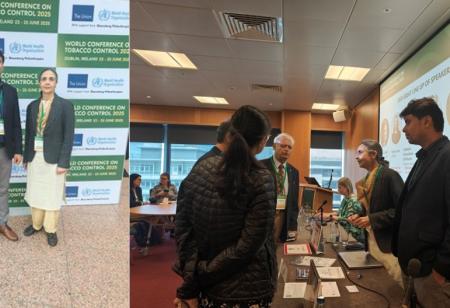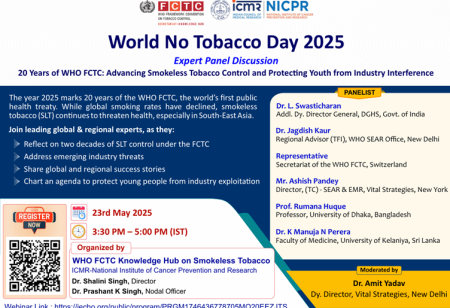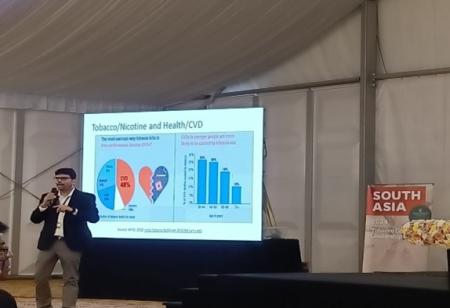
Big Tobacco is targeting developing nations: report - 10 March 2018

Smoking rates and the cost of cigarettes
Portion of adults who smoke and the cost of one pack adjusted for local currency
POPULATION

Scientists and tobacco control advocates report the “tobacco epidemic” continues to grow, particularly in the Middle East, Asia and African countries that lack tobacco control laws and have low taxes, according to “The Tobacco Atlas” released Thursday.
Why it matters: The epidemic remains lethal — and profitable. The Atlas says for the death of each smoker in 2015, the tobacco industry made a profit of $9,730.16, which is up from $7,000 in 2013.
Preventative measures: While programs to raise awareness and efforts to minimize marketing are very important, the “single largest improvement” in lowering smoking prevalence comes from high tobacco taxes, says Drope, who is one of the leaders of the team that created the report, issued every 3 years.
- He says the World Health Organization has determined that at least 70% of the retail price of cigarettes should be from an excise tax. In the U.S., the average tax is 37.8% of the retail price, although that varies by state and municipality.
- Tobacco taxes alone could deliver a 30% relative reduction in smoking prevalence by 2025, according to the report— potentially saving 38 million lives and $16.9 trillion, just from former smokers becoming healthier.
- On the bright side, Turkey’s comprehensive tobacco control strategy reduced smoking prevalence to 25.9% in 2015 from 39.3% in 2000.
The gritty details, per the report:
- In the U.S. last year, there were 492,438 deaths attributable to smoking-related diseases.
- Tobacco’s annual global costs are more than 7 million lives and $2 trillion (purchasing power parity in 2016 terms) in health care and lost productivity.
- The industry is “deliberatively” targeting youth. There are roughly 38 million 13- to 15-year-olds who smoke or use smokeless tobacco.
- In sub-Saharan Africa alone, consumption increased by 52% between 1980 and 2016 (to 250 billion cigarettes from 164 billion cigarettes). This is being driven by population growth and aggressive tobacco marketing in countries like Lesotho, where prevalence is estimated to have increased from 15% in 2004 to 54% in 2015.
- In Ethiopia, Nigeria, and Senegal, smoking is now more common among youth than adults — potentially increasing the future health and economic burden of tobacco in these countries.
The chemical addiction: Drope says “There’s a famous quote that’s still true: ‘They smoke for the nicotine, and die for the tar.’ Nicotine is one of the most addictive chemicals, both physiologically and pscyhologically.”
- The FDA is in a “nascent stage” of considering requiring nicotine levels in cigarettes to be lowered to non-addictive levels, Drope says.





